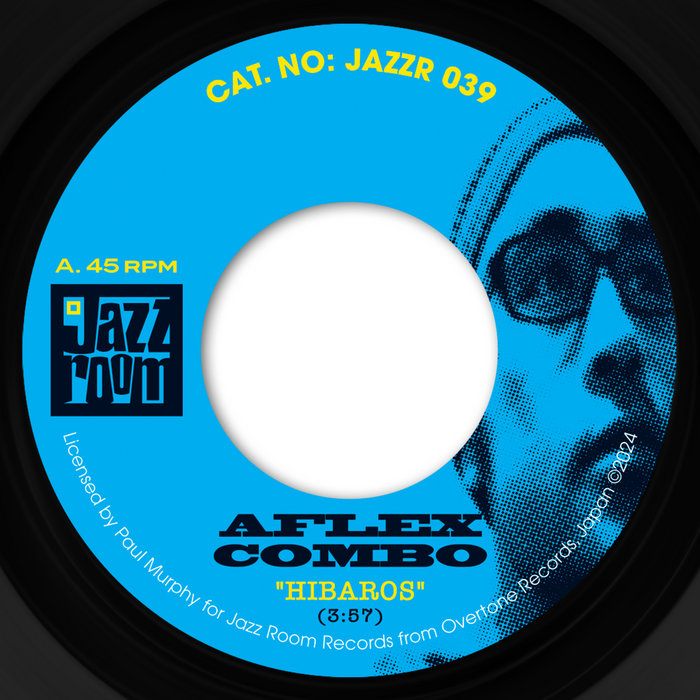
Something Blue – Aflex Combo
this blog is GROOVY – check out great Soul, Funk, Jazz, Hip Hop, Bass, Breaks , Reggae, House n many more TUNES
Hey there, cool cats and jazzy kittens! Grab your dancing shoes because we’re about to groove through the funky history of dancefloor jazz—the delightful mix where jazz meets the dance floor.
Dancefloor jazz didn’t just pop up overnight; it has deep roots in the vibrant scenes of the 20th century. Picture this: New Orleans in the early 1900s—jazz is laying down its foundations with lively brass bands playing at parties, clubs, and street corners. As folks cut loose on the dance floor, little did they know they were setting into motion a genre that would evolve over decades.
Fast forward to the swing era of the 1930s and ’40s. Big bands like Duke Ellington and Count Basie were packing dance halls with their toe-tapping grooves. People were jitterbugging away under shimmering chandeliers while musicians swung their instruments with style and flair. The energy was electric! But what’s even funnier? Legend has it that some cats would slip on banana peels during these wild dances—talk about a slippery situation!
By the late ’60s and into the ’70s, jazz started to flirt heavily with other genres—especially funk, soul, and rock. Musicians like Herbie Hancock took this fusion seriously—and by “seriously,” we mean he made some groovy tunes that had everyone moving!
Hancock’s hit “Chameleon” became an anthem for funky dancers everywhere. Imagine being at a club where people are busting out moves straight from Soul Train. While some musicians tried to get serious about art (lookin’ at you Miles Davis), others found joy in getting down on those sweet beats.
A cheeky tidbit from this era? Saxophonist John Coltrane once said when asked how he felt about not being able to make ‘dance music’: “I guess I’ll just have them swing harder!” Now that’s one way to get people shaking it!
As disco exploded onto stages worldwide in the late ’70s (think glitter balls & polyester suits), dancefloor jazz evolved yet again! Artists like George Benson blended smooth guitar lines with funky disco beats—it was party time all around! At places like Studio 54, you could find everyone from legends to newcomers hitting high notes both musically and socially.
One interesting fact is that trumpeter Donald Byrd recorded an album called “Love Byrd,” which perfectly encapsulated this blend of styles as well as heartwarming sentiments… or maybe just a good reason to hit the dance floor!
Come ’80s & ’90s; things got even groovier as jazz-funk exploded onto scenes across America! Bands such as Weather Report brought together complex rhythms ripe for movement while remaining chill enough for relaxed listening sessions afterwards—you know what I’m talking about!
And there’s no forgetting artists like Brand New Heavies who brought acid-jazz vibes from England right back into our hearts (and feet)! Their song “Dream On Dreamer” still gets spins at parties today; can’t resist that beat!
Funniest moment? During one live performance while vibing too hard on stage, keyboardist Jan Hammer accidentally knocked himself out cold after bouncing off his own keyboard—a true testament to living life dangerously close to those keys!
In recent years, we’ve seen another resurgence in dancefloor jazz influences embedded within electronic music culture known as nu-jazz. Djs blend live instrumentation with electronic sounds creating a fresh take perfect for modern festivals or intimate gigs alike.
Artists like Jamiroquai revive groovy basslines while sometimes sporting eccentric hats causing new generations of listeners everywhere asking each other —“Is he really wearing THAT?” Yup—that’s part of his charm baby!
Also notable is how famed guitarist Pat Metheny collaborated extensively not only ensuring smooth transitions between genres but also providing features that remind us how timeless captivating performances can be whether solo or ensemble based—all shining bright through every note played on-stage or interpreted behind closed doors.
From smoky bars in New Orleans packed full of eager dancers cutting shapes all night long…to slick clubs filled now worldwide influenced heavily by countless musical shifts alongside new-age technology paving ways leading towards tomorrow—the story continues evolving ever so smoothly here within our beloved dancefloor jazz scene today.
It reminds us not only how joyful connection happens among strangers over good grooves but adds laughter-filled memories including unexpected slips along those shiny floors giving rise always anew turning moments unforgettable forevermore chasing instead brightening spirits wherever you are tonight drifting rhythmically till dawn breaks anew—from beat drops manifesting magic undeniably surrounding friends celebrating life together aroused heartbeats harmonizing passionately sprawling across cultures resonating deeply held beliefs namely love captured throughout—all interpreted beautifully laid-back led capturing what truly matters most…like staying groovy bay-bee!

Something Blue – Aflex Combo